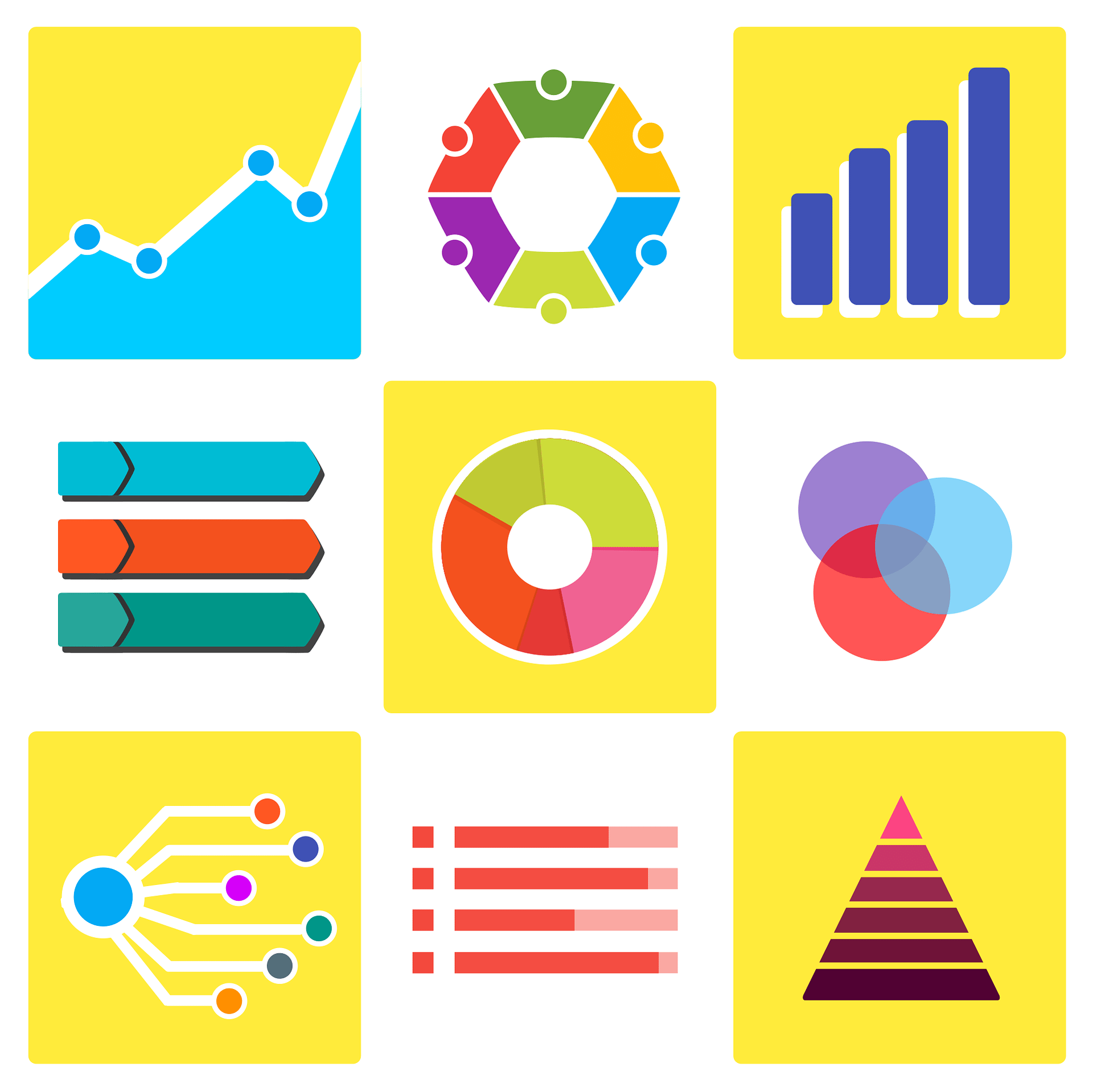Advertising without tracking: big mistake
With every type of advertising you spend money on, you want to track your results. Just like any other part of your business, you gotta know if your investments are ponying up.
Here’s where we mix things get a bit different though.
When you buy a TV ad, you measure last year’s profits and compare them to this year’s profits. If you start to see a lift (and you aren’t running any other promotions), you become aware of how that ad affected your bottom line.
Things aren’t so vague when it comes to online advertising though. When you spend money on an ad (such as Google Ads), you can see exactly which keywords brought you a new customer, using the magic of conversion tracking.
How It Works
When someone clicks on your ad, they go to a page on your website. If they like what they see, they might purchase something from you or fill out a lead form.
Conversion tracking allows you to measure every time this “conversion” happens, and pinpoints how it happened. This is what separates online advertising from regular ads in a magazine or newspaper.
If you don’t have accountability in your marketing, then you have no idea how much ROI your ads are producing. If you’re running online ads, this is something you MUST do.
Where To Put Conversion Tracking
Typically conversion tracking goes on the “thank you” page after someone takes a desirable action.
For example, say you want to track people using the contact form on your website. They fill out their name, email, and leave a comment. Then they press “submit”, and are taken to a page that says:
“Thanks for contacting us! We’ll get back to you soon!”.
That is the page you want to track, because the only time someone views your “thank you” page is when they’ve filled out your form. That is where you put the conversion tracking code.
If you have multiple forms or purchases you want to track, it’s easiest to just create a single thank-you page and have every form link to it.
A more complicated, but more granular approach is to create multiple thank-you pages based on different products that you have. Or you might have a single thank-you page for your forms, and a different thank-you page when someone purchases a product (which is a different type of conversion than just filling out a lead form).
This lets you assign different values to different types of conversions.
If you have someone running your ads for you, they should be knowledgeable on how to implement this tracking code for you. They’ll need access to your website though.
Name It
It’s easiest to name your thank you page:
There are multiple reasons for this. For one thing, it’s simply easier to tell what’s going on while you implement your conversion tracking if the page has a simple name.
Beyond that, you can use custom URL rules if you implement remarketing into your site. This is a more advanced topic that goes beyond the scope of this article, but it’s important to know that there are some really tangible reasons for you to name your thank-you page in a simple manner.
I encourage you to set up conversion tracking today though. If you do nothing else, just make sure that your site is starting to deliver this data so you can start to track the effectiveness of your advertising. If you are running Google Adwords, refer to this help page for setting up your conversion tracking.







